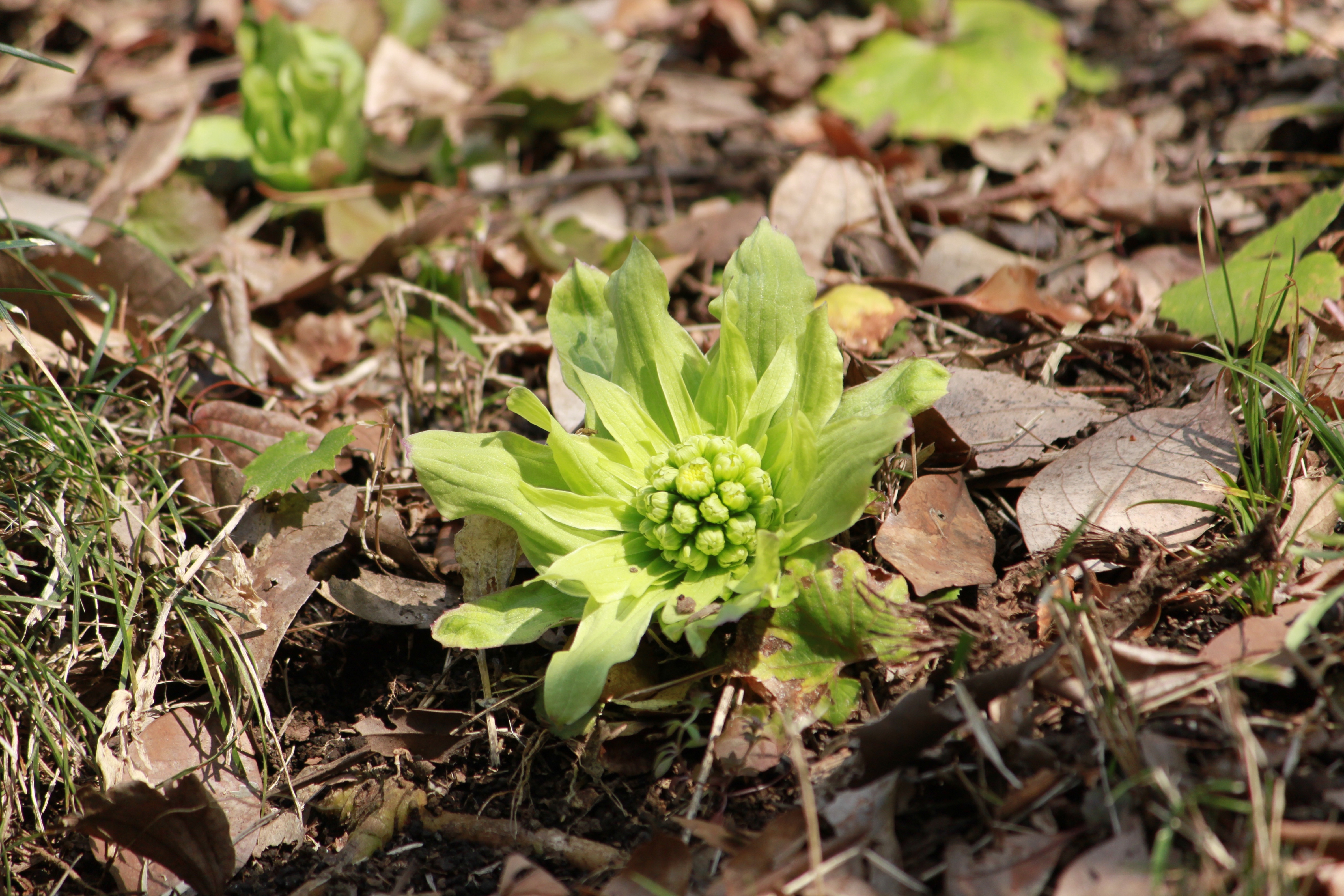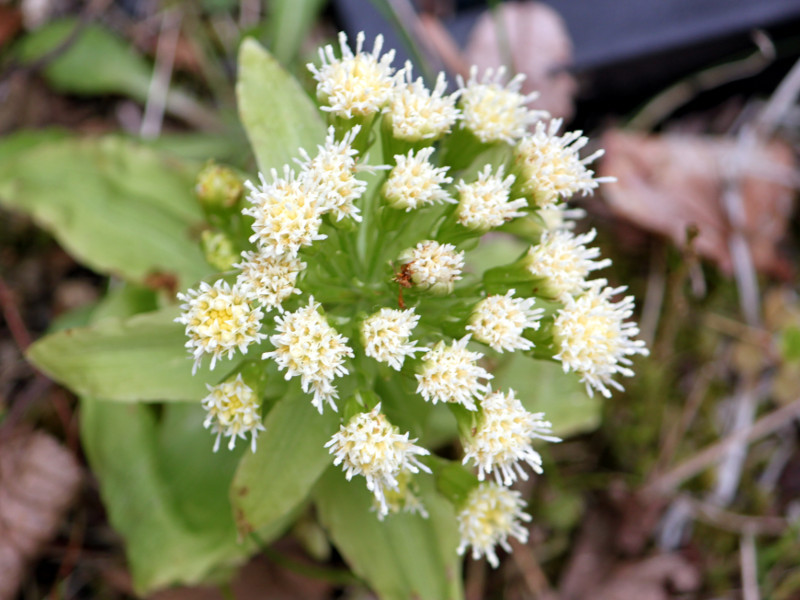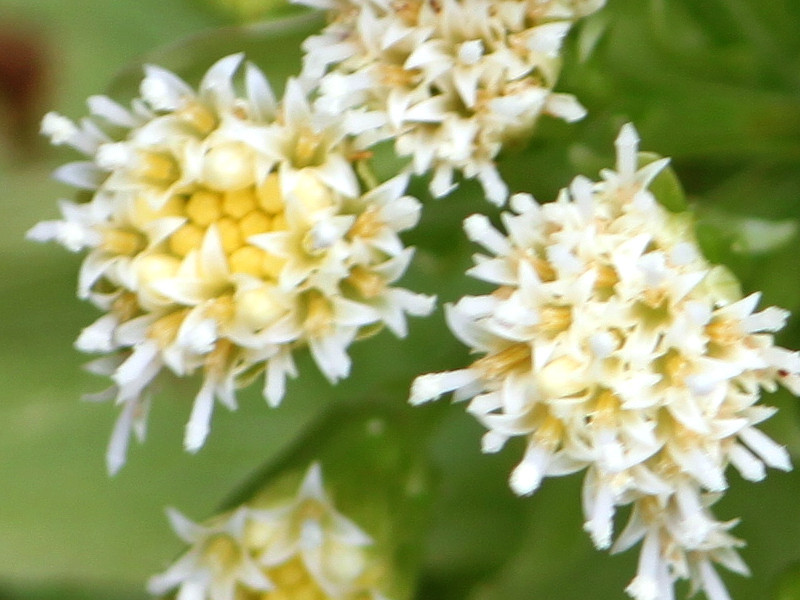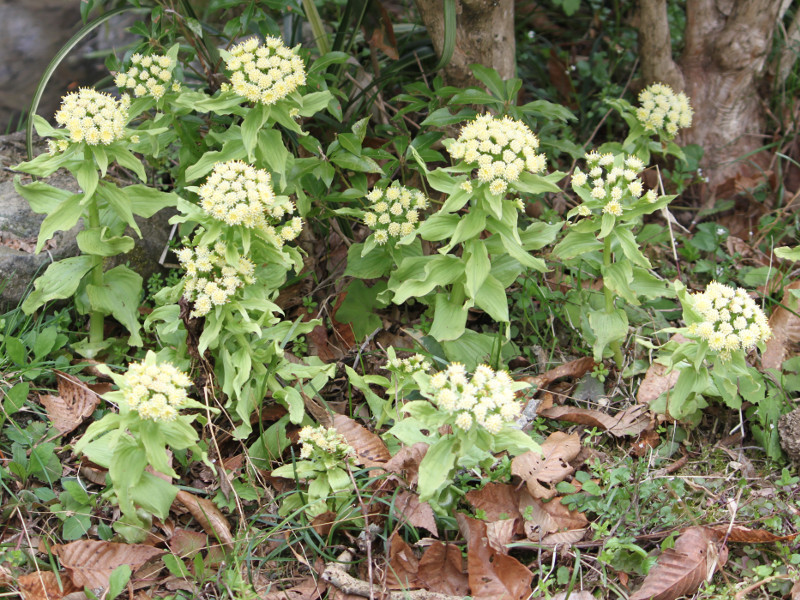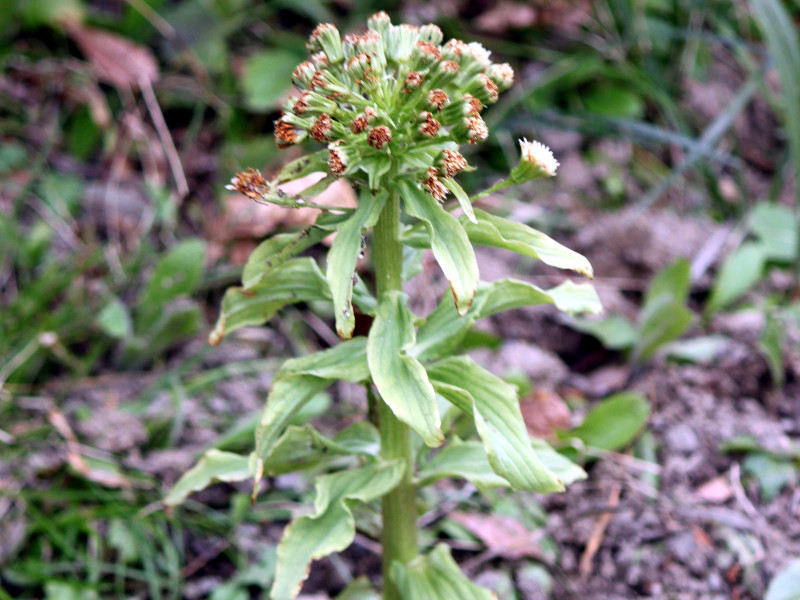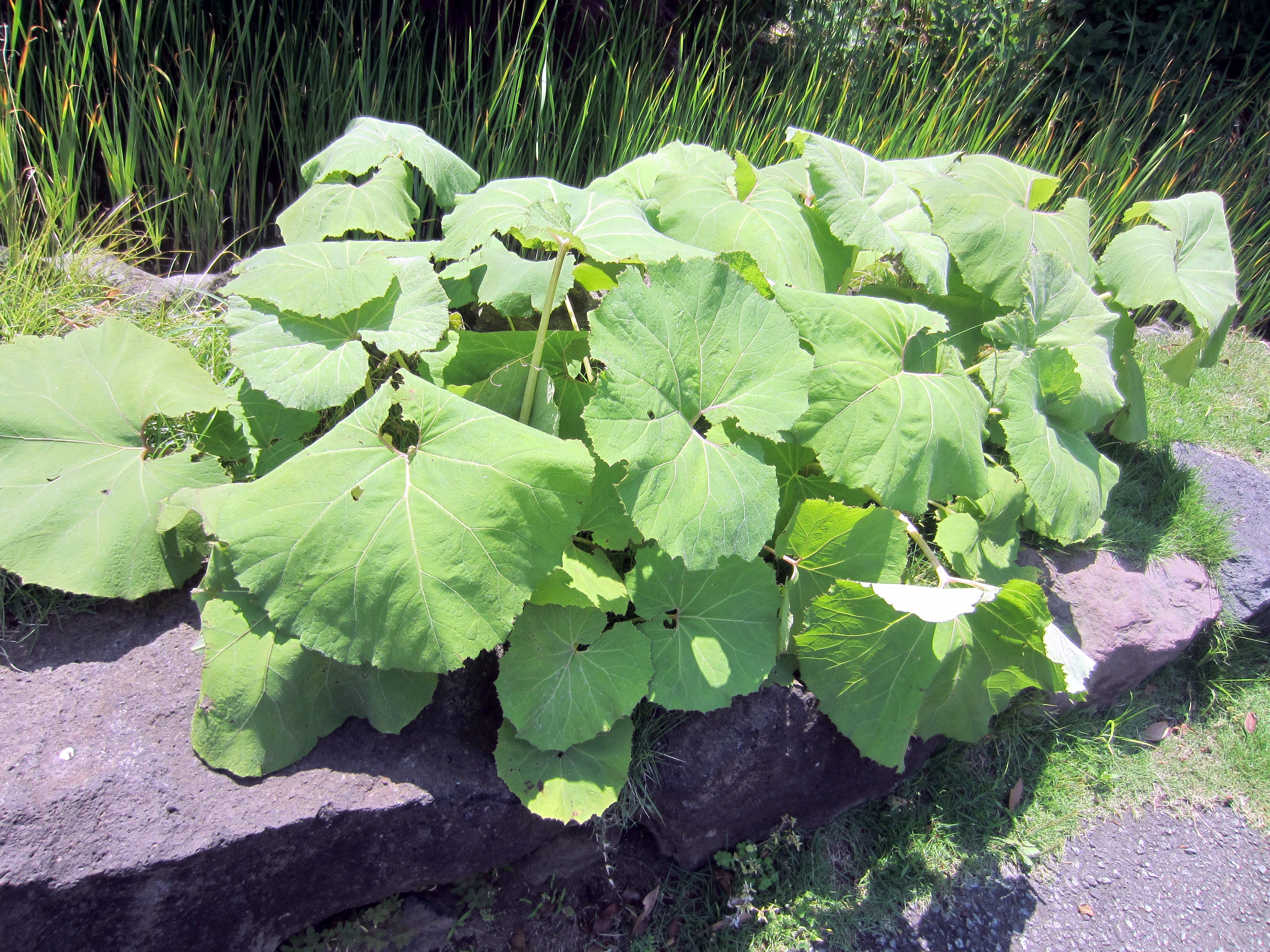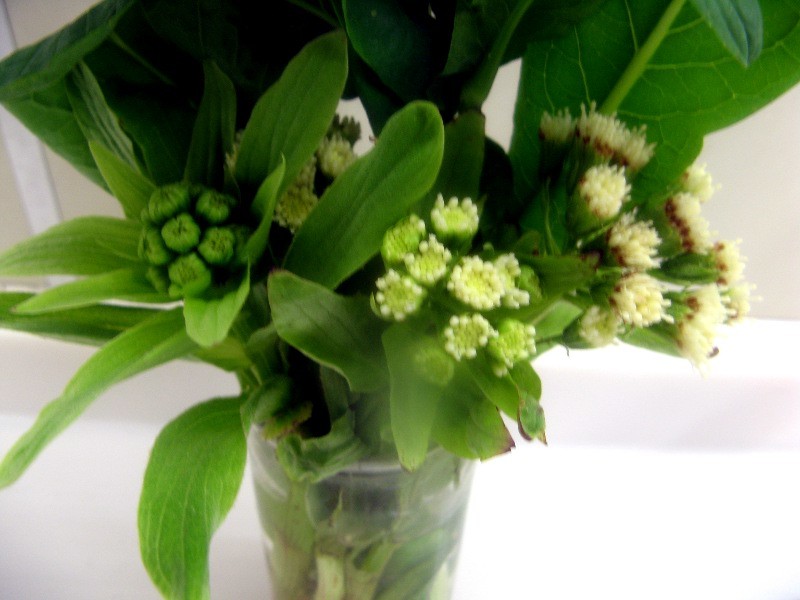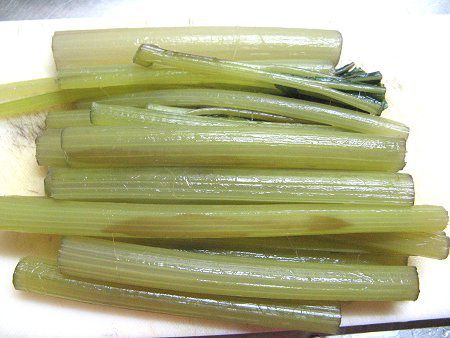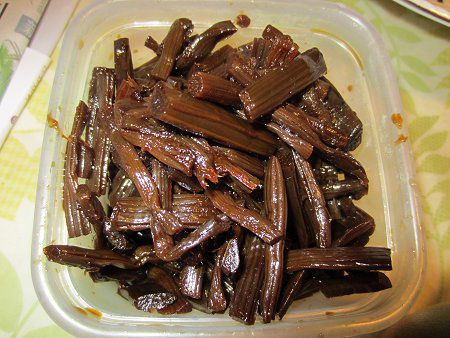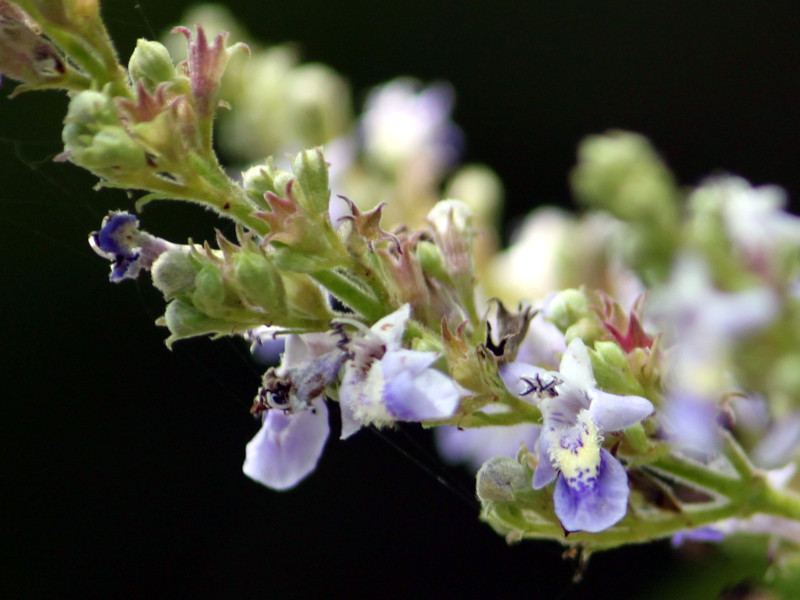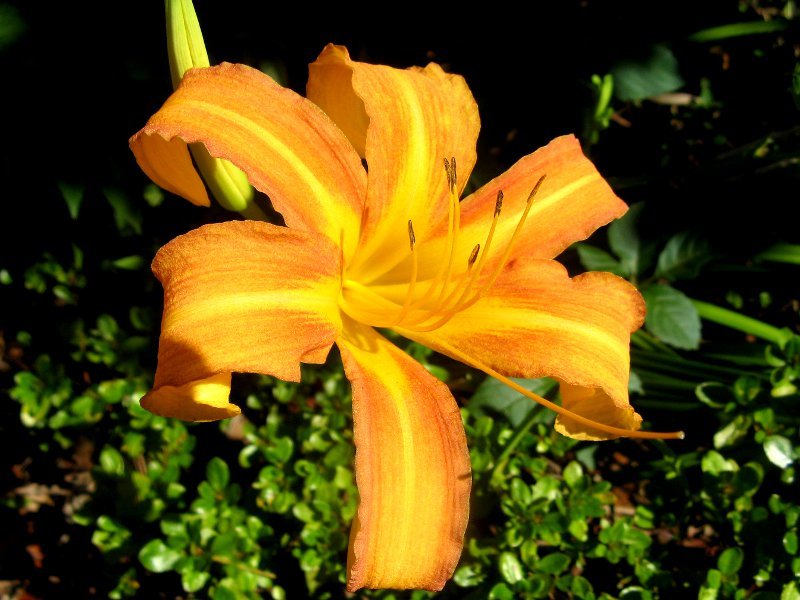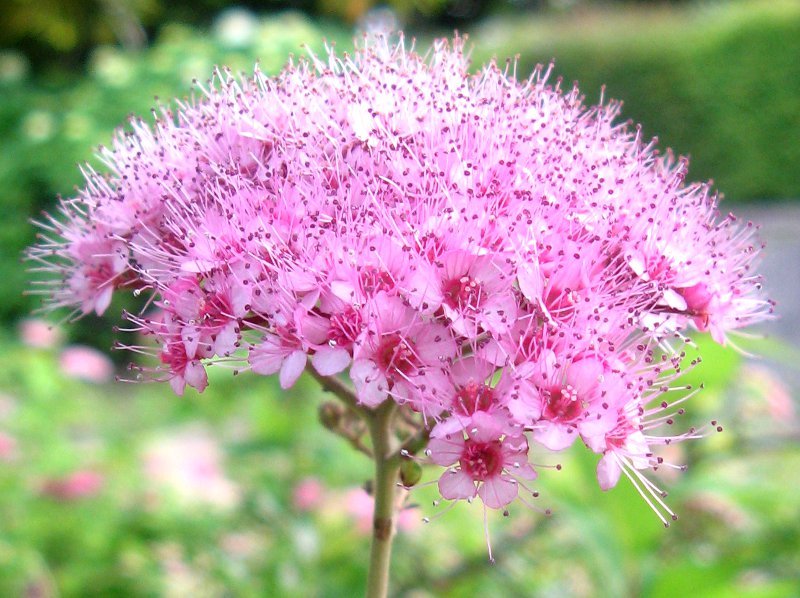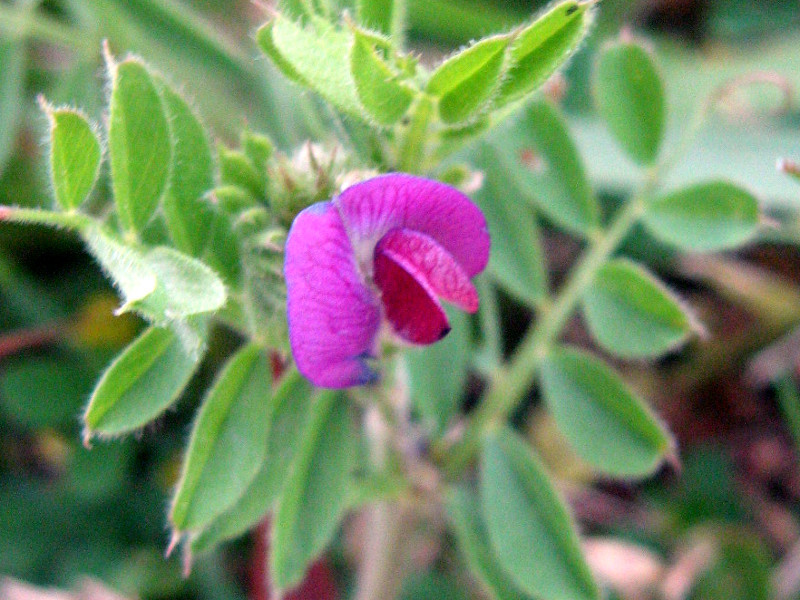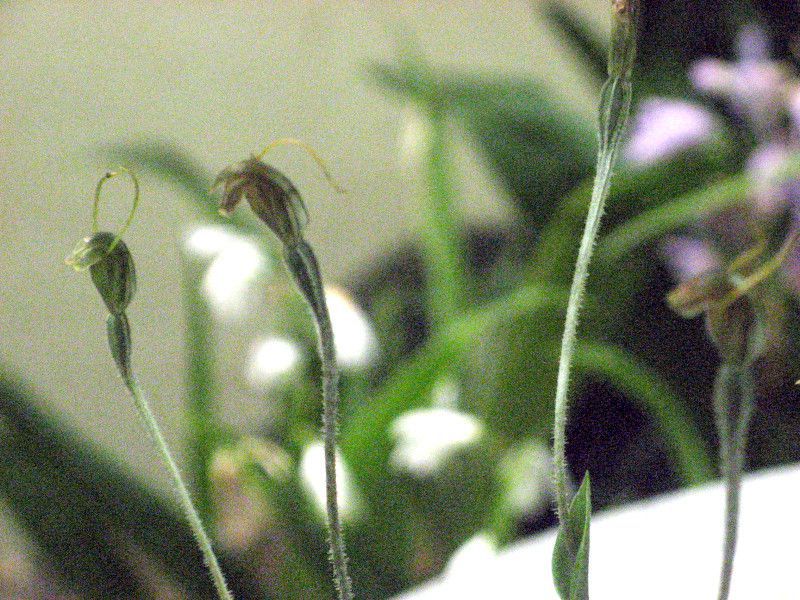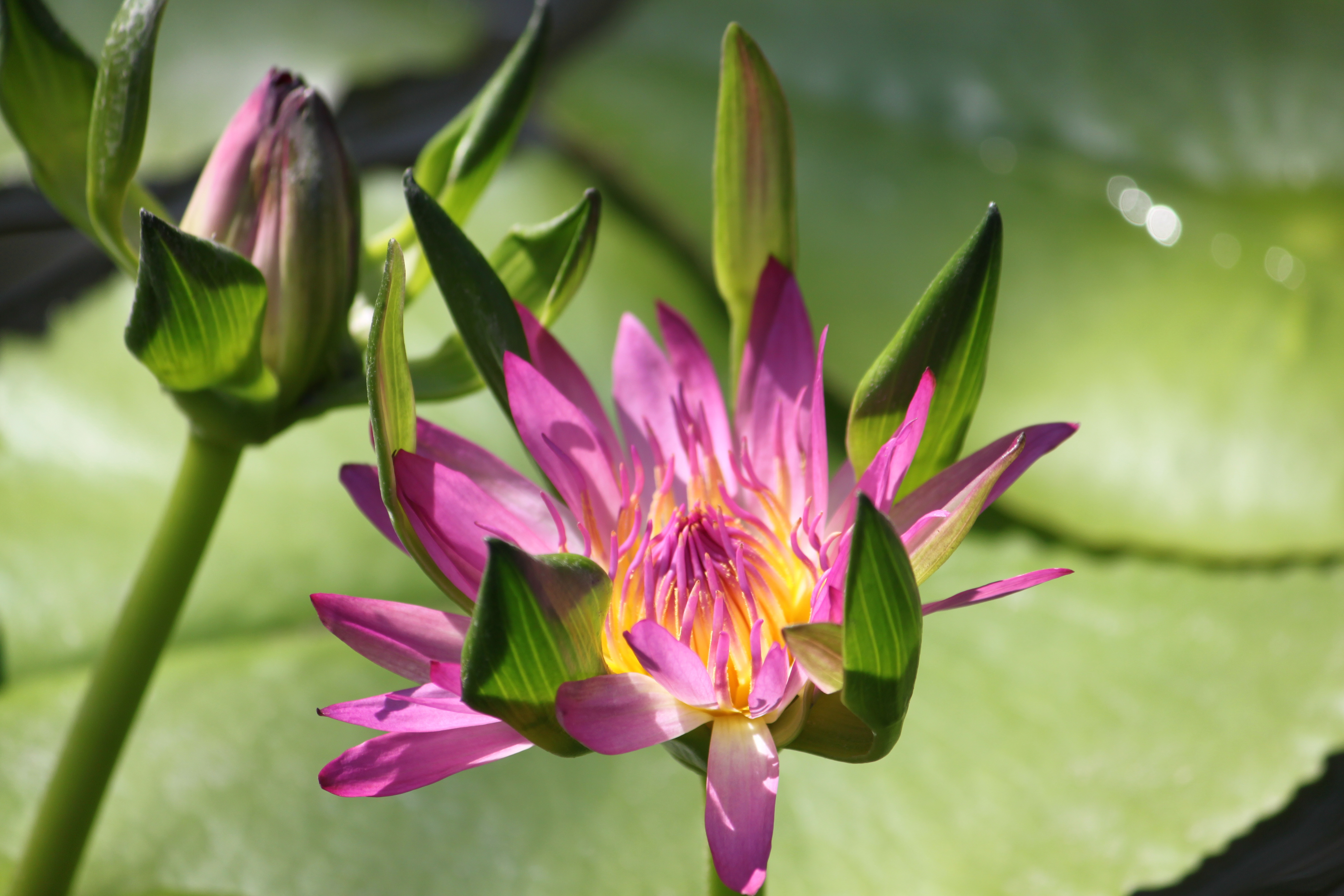Petasites japonicus
- Flower namePetasites japonicus
- Scientific namePetasites japonicus
- AliasEdible burdock, Fuki, 蕗, フキノトウ
- Place of originJapan, the Korean Peninsula, and China
- Place of floweringFields and footpaths
- Flowering seasonFebruary, March, April, May
- Language of flowersFair
What is Petasites japonicus
Petasites japonicus , giant Butterbur or Fuki (scientific name: Petasites japonicus) is a perennial wild plant of the genus Petasites in the family Asteraceae, native to Japan, the Korean Peninsula, and China. The plant grows to a low height of 20-30 cm. It is dioecious. The leaves have petioles and are kidney-shaped and circular. In early spring, the plant produces flower stalks from underground stems, each of which extends a capitulum and produces yellow or yellow-green flowers (fukinotou, butterbur's trotter, butterbur's antler). The female plants have filamentous white flowers, and the male plants have light yellow tubular flowers. After the flowers have finished blooming, the petiole (butterbur) grows from the underground stem, and the female plant grows a flower stalk and bears fruit. Reproduction takes place on the underground stem, which is poisonous and inedible.
The edible parts are the flower (butterbur) and the petiole (butterbur) that grows after the flower. Butterbur brands include "Lauan-buki" (Hokkaido) and "Akita-buki" (Akita). Most commonly available butterbur is cultivated mizubuki. According to Ainu folklore, a fairy called Koropokkur (dwarf) is said to live under the leaves of the butterbur. The Japanese name for butterbur is "haruna" (spring greens), and it is mentioned in the Manyoshu (Japan's oldest anthology of poetry).
The name of the plant is "koropokkur," which means "little one" in Japanese, and its name is derived from a poem in the Manyoshu (The Anthology of Myriad Leaves).
Typical ways to eat Japanese butterbur: "Kyara-buki," or butterbur boiled in soy sauce, sake, and sugar to a dark "kyara-iro" color and boiled in soy sauce and dried bonito flakes; "Butterbur boiled in soy sauce and dried bonito flakes"; and "Butterbur boiled in Tosa sauce" are also used as Chinese herbal medicine.
The flowers and stems are edible for humans, but they are toxic to horses, deer, and other herbivores, which become intoxicated. Like Asebi (Acer palmatum, scientific name: Pieris japonica subsp. japonica), livestock do not eat butterbur. They may instinctively know that it is poisonous.
Common name: Petasites japonicus or Fuki , Scientific name: Petasites japonicus, aka: Fuki (Japanese), Giant Butterbur, Origin: Japan, the Korean Peninsula, and China, Distribution: Hokkaido ~ Honshu, Shikoku, Kyushu Japan, Plant height: 30 cm, Petiole Color: light gree,n leaf shape: heart shape (kidney shape), both sexes, Flower color: white (female strain), yellow (male), Flowering season: February to May (flowers); harvest: March to October (petioles).

